Growth in Automotive Manufacturing
The automotive manufacturing sector is a critical driver for the Pipe and Tube Bending Machine Market, as the industry increasingly relies on precision-engineered components. With the automotive sector projected to grow at a compound annual growth rate of around 4.2%, the demand for bending machines is expected to rise correspondingly. These machines are vital for producing exhaust systems, chassis components, and other intricate parts that require precise bending. As manufacturers strive for higher efficiency and reduced production costs, the adoption of advanced bending technologies is likely to become more prevalent. This trend indicates a robust future for the pipe and tube bending machine market, as automotive companies seek to enhance their production capabilities.
Increased Focus on Energy Efficiency
The growing emphasis on energy efficiency across various industries is influencing the Pipe and Tube Bending Machine Market. Companies are increasingly adopting technologies that minimize waste and enhance operational efficiency. Bending machines that offer energy-efficient operations are becoming more sought after, as they align with corporate sustainability goals. In 2025, it is estimated that energy-efficient machinery could reduce operational costs by up to 20%, making them an attractive investment for manufacturers. This trend is particularly evident in sectors such as oil and gas, where efficient piping systems are crucial for reducing energy consumption and emissions. As industries continue to prioritize sustainability, the demand for advanced bending machines is likely to increase.
Rising Demand in Construction Sector
The construction sector is experiencing a notable surge in demand for pipe and tube bending machines, driven by the increasing need for efficient and precise fabrication processes. As infrastructure projects expand, the Pipe and Tube Bending Machine Market is witnessing a significant uptick in orders. In 2025, the construction industry is projected to grow at a rate of approximately 5.5% annually, which directly correlates with the rising need for advanced bending machines. These machines are essential for creating complex shapes and designs in piping systems, which are integral to modern construction. Furthermore, the trend towards prefabrication in construction is likely to enhance the demand for these machines, as they facilitate quicker assembly and reduce on-site labor costs.
Expansion of Renewable Energy Projects
The expansion of renewable energy projects is emerging as a significant driver for the Pipe and Tube Bending Machine Market. As countries invest in sustainable energy sources, the demand for specialized piping systems in wind, solar, and hydroelectric projects is increasing. These projects often require custom-bent pipes and tubes to optimize energy efficiency and performance. In 2025, the renewable energy sector is expected to grow at a rate of around 8%, which will likely lead to a corresponding increase in the demand for bending machines. This trend suggests that manufacturers of pipe and tube bending machines may find new opportunities in the renewable energy market, as they adapt their products to meet the specific needs of this evolving industry.
Technological Innovations in Bending Machines
Technological innovations are reshaping the Pipe and Tube Bending Machine Market, with advancements in automation and digitalization playing a pivotal role. The integration of smart technologies, such as IoT and AI, into bending machines is enhancing their functionality and efficiency. These innovations allow for real-time monitoring and predictive maintenance, which can significantly reduce downtime and improve productivity. In 2025, it is anticipated that the market for automated bending machines will grow by approximately 6%, driven by the need for higher precision and reduced labor costs. As manufacturers seek to remain competitive, the adoption of these advanced technologies is likely to accelerate, further propelling the market forward.


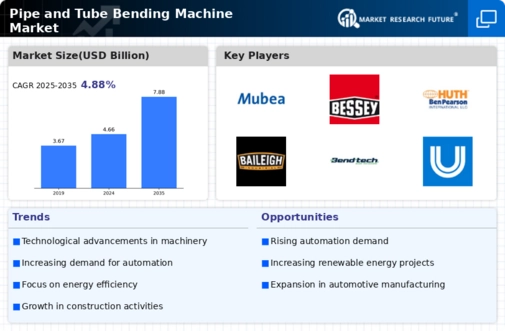
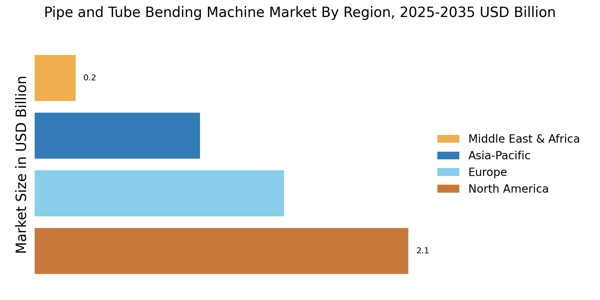

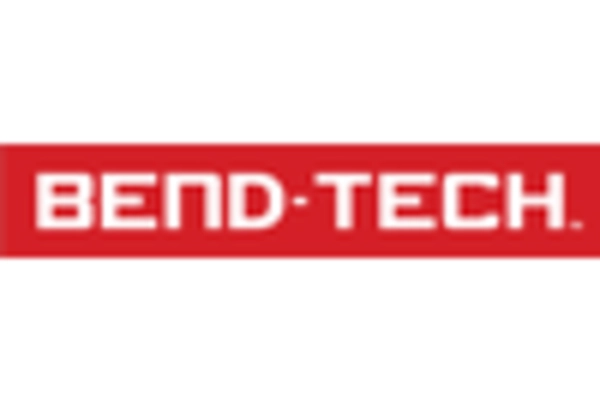

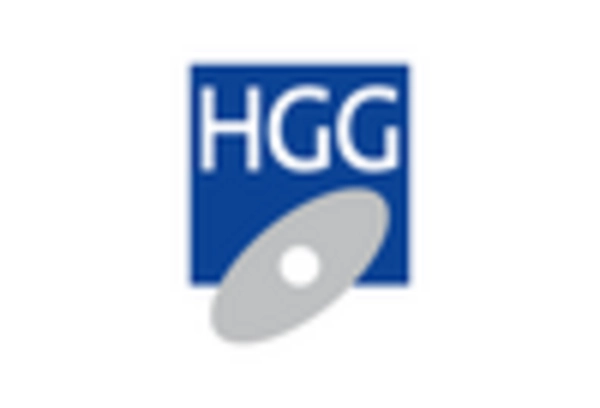
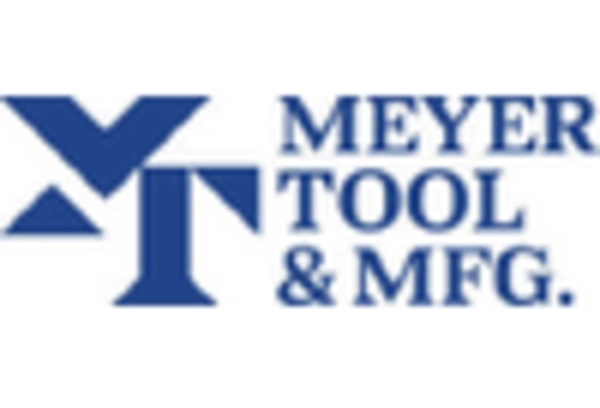









Leave a Comment